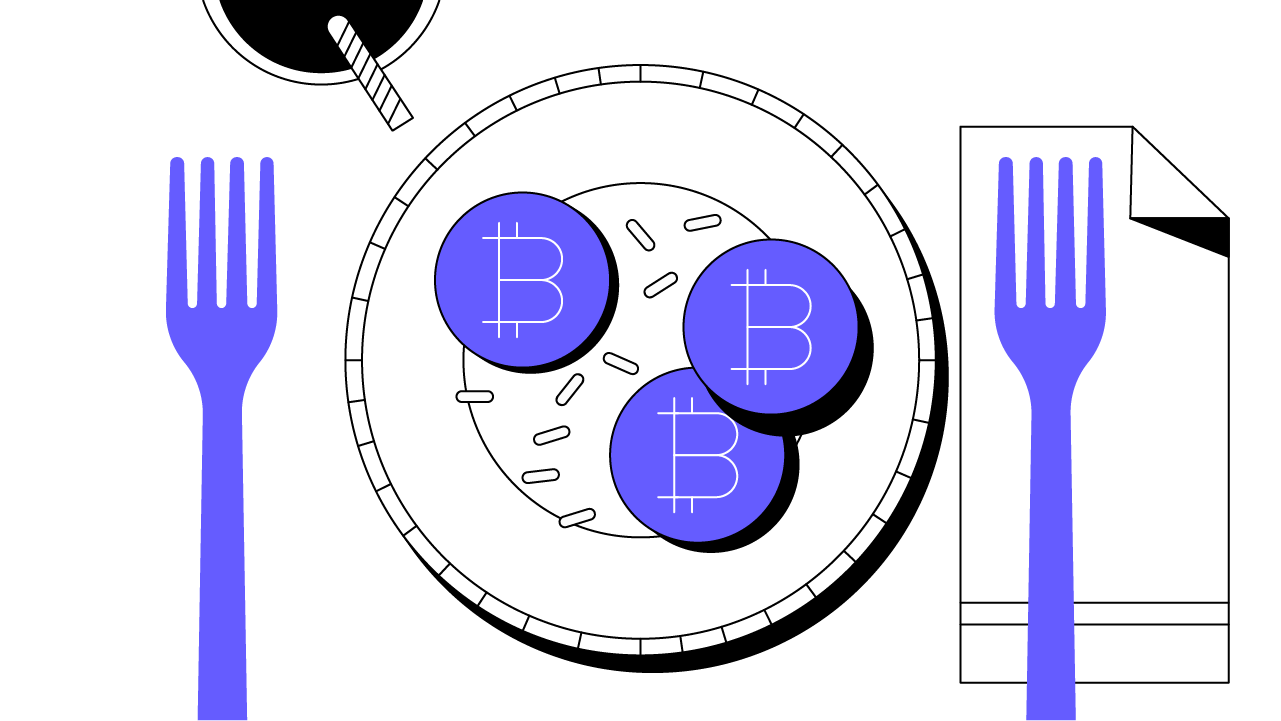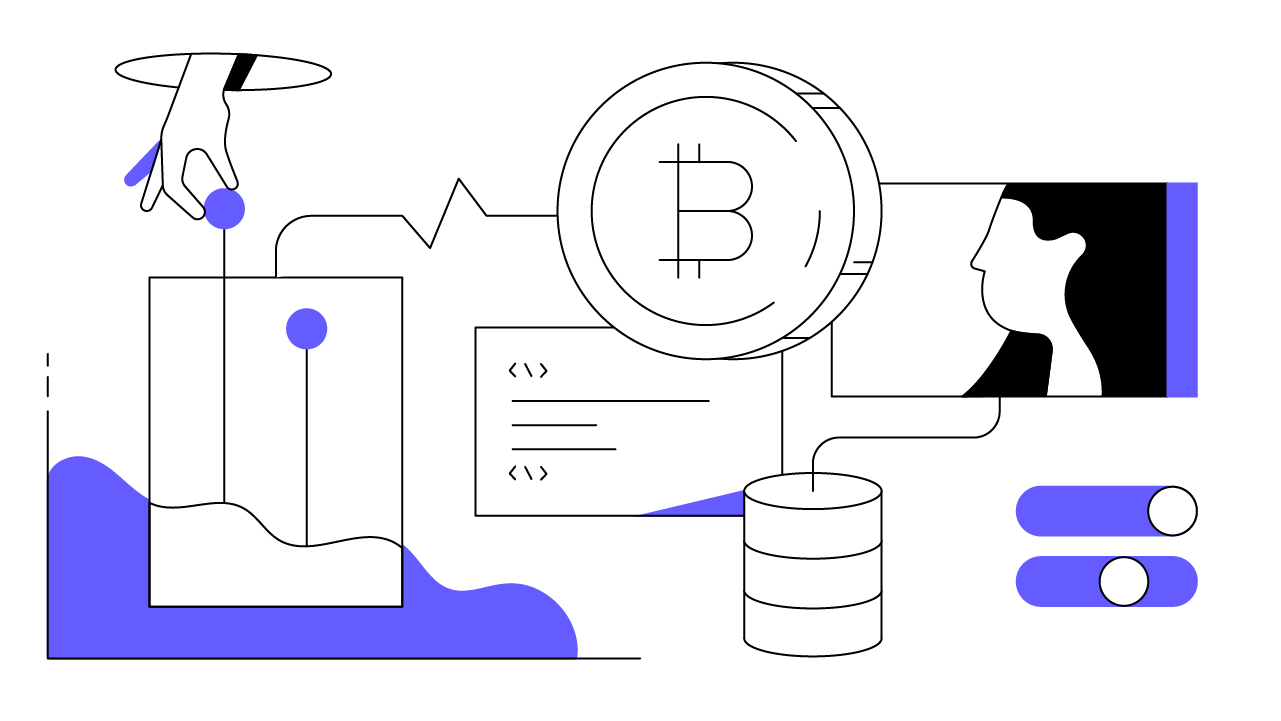Contents
Bitcoin: Network Security
Bitcoin mining via Proof of Work is an elegant validating process that concurrently secures the network, processes transactions, facilitates consensus, and mints new bitcoin. Proof of Work creates an incredible economic incentive for a miner to remain honest and a structure that in many ways strengthens trust in the Bitcoin network.
By Cameron and Tyler Winklevoss, Co-Founders, Gemini
Updated November 2, 2023 • 5 min read

Summary
The Bitcoin network is secured by mining, a process that validates transactions on the network and mints new bitcoin at the same time. Mining also ensures that no one entity is in control of the blockchain or protocol that governs it, making Bitcoin resistant to being controlled (or shut down) by any government or central authority. In this article, we will discuss the Bitcoin network’s security design and the risks it solves for. If you’d like to read up on other aspects of Bitcoin, be sure to check out our other articles, including including Bitcoin: Fundamental Technical Structure, and Bitcoin: Origins and Cultural Significance.
The Role of Bitcoin Mining
Bitcoin mining is a momentous computer science breakthrough that simultaneously mints bitcoin and validates transactions on the Bitcoin network. Here’s how it works: computers on the network — nodes known as “miners” — race to solve a computationally-intensive, proof of work (PoW) puzzle. The first miner to find a solution that is accepted by a majority of miners is permitted to write a "block" of new transactions to the “blockchain” — Bitcoin's distributed ledger. In return for her efforts, she is awarded a predetermined amount of newly minted bitcoin called the “block reward.” This competition takes approximately 10 minutes and once a solution is found and accepted by 51% or more of the miners, it starts again. Because it takes work (i.e., energy) to unlock the block reward, there is a real cost associated with creating bitcoin, akin to mining gold. This cost gives bitcoin value (per the labor theory of value, not the subjective theory of value) and digital scarcity.
Transaction data is one of the pieces miners use to solve the PoW puzzle. If a miner does not use valid transactions, other miners will be unable to reach consensus on her solution because they will be working off of a different transaction data set. This means they will not agree to allow her to write a new block to the blockchain and win the block reward. All of the computational power that she dedicated to finding a solution will have been in vain. Therefore, a miner is strongly incentivized to stay honest and use valid transactions lest she expend her precious resources for naught. As such, the cost of mining not only creates digital scarcity, but also helps secure the Bitcoin network.
Risk: 51% Attack
If a miner were to acquire a majority of the Bitcoin network’s processing power, or hashrate as it is measured, she could spend her bitcoin more than once — the double-spending problem. This is known as a 51% attack. The Bitcoin network solves for this with incentives. First, its security scales in perfect step with the price of bitcoin. As the price increases, a block reward arbitrage opportunity appears. This will spur the rational, economically-motivated miner community to commit additional processing power to solving the PoW puzzle that is in aggregate equal to the increased value of the block reward — no more, no less. Because this arbitrage opportunity catalyzes miners to devote greater processing power to the network, and hashrate is expensive, it follows that it will become more expensive for a miner to carry out a 51% attack as the price of bitcoin appreciates.
Secondly, even if a miner is able to acquire a majority of the network's aggregate hashrate and get over the figurative proof of work energy wall, she is heavily incentivized to play nice. This is because Bitcoin mining is a capital intensive and very specialized pursuit (see below). In order to win the block reward (let alone achieve majority hashpower), a miner must invest in highly customizable hardware and chips — application-specific integrated circuits (ASIC) — that are built to be great at one extremely rarified objective: crunching the SHA-256 hash algorithm of the Secure Hash Algorithm 2 (SHA-2) family. And like a drag racer, they can’t be easily repurposed.
Having invested in this computer arms race, a rational economic actor will always choose to win the block reward in favor of throwing it all away. Using hashpower to significantly co opt, disrupt, or hack the Bitcoin network’s blockchain would very likely destroy most, if not all, of bitcoin’s value, thereby incinerating a miner’s investment and any future profits. Other than a comic book villain like the Joker, it’s hard to think of anyone who would actually possess this combination of resources, skillset, and nihilism.
Risk: Mining Centralization
As discussed above, Bitcoin mining has evolved into a capital intensive and very specialized pursuit. The structures of incentive make it profitable to play by the rules and prohibitively expensive to defect. As a result, many in the Bitcoin community do not find it problematic that Bitcoin mining has trended towards fewer, larger players.
That being said, if a majority of the network’s hashrate ends up concentrating in one or a few jurisdictions, it does increase potential for a government or cooperating governments to meddle. If a government simply bans Bitcoin, the government would shut down miners within its reach and the Bitcoin network would march on unbothered, albeit with less aggregate hashrate at least in the short-term. A more concerning scenario would be if a government instead coerced miners into censoring transactions. This could detract from bitcoin’s fungibility and permissionless promise. If that happened, however, it would be expected that the community would fork Bitcoin, preserve it’s latest unadulterated blockchain, and adopt a new consensus mechanism that was more resistant to miner centralization and any concomitant government intrusion and tampering.
Risk: Hard Forks
Bitcoin’s superhero power is that it is decentralized — identical copies of the blockchain are hosted on computers known as “nodes” across the world — and, therefore, not controlled by any one person or company. But network decentralization (i.e., censorship resistance) comes at a cost. The two main trade offs are: the amount of transactions the network can process (throughput) and transaction speed (latency). The Bitcoin network is capable of processing up to one megabyte of transaction data approximately every 10 minutes. A centralized network (e.g., Visa) is capable of magnitudes more throughput and lower latency, however, it is highly susceptible to censorship and does not possess a peer-to-peer nature.
This design choice is driven by the deeply ingrained belief that a lower block size results in more nodes participating in the network because hosting a complete copy of the blockchain requires less computational power and storage resources. The greater the number of Bitcoin nodes, the more decentralized the network.
So far, the Bitcoin community has resisted attempts to increase its block size beyond one megabyte, but not without controversy and agitation. Tensions boiled over in 2017 and the community split over the issue, resulting in the contentious Bitcoin Cash hard fork that spawned a new, incompatible blockchain with an eight megabyte block size. While the majority of the Bitcoin community continues to favor decentralization above all else, there is always the possibility that the community could disagree on this or another design decision in the future, leading to some portion of the community hard forking in dissent.
With that said, there are projects underway, such as the Lightning Network, that are working to increase Bitcoin’s transaction throughput and reduce its latency while at the same time maintaining its decentralized nature. It is still early, but if this project or another one is successful, it could dramatically change the payment story of the Bitcoin network and lead to the best of both worlds.
Risk: Quantum Computing Attacks
Quantum computing is a potential threat to the public-key cryptography schemes that Bitcoin currently uses to secure itself. However, there is good news. Post-quantum cryptography, which is resistant to quantum computing attacks, already exists. And because Bitcoin is software, it can be upgraded at any time and switch over to these post-quantum algorithms. It’s also likely that any real quantum threat would be seen coming well in advance, giving Bitcoin ample time to adapt. However, If such a threat were to materialize overnight, the world would have far greater worries than Bitcoin network security itself. For instance, all satellite and command and control military systems would be vulnerable. Therefore, it’s anticipated that there would be a global effort with strong alignment to find a solution.
Cryptopedia does not guarantee the reliability of the Site content and shall not be held liable for any errors, omissions, or inaccuracies. The opinions and views expressed in any Cryptopedia article are solely those of the author(s) and do not reflect the opinions of Gemini or its management. The information provided on the Site is for informational purposes only, and it does not constitute an endorsement of any of the products and services discussed or investment, financial, or trading advice. A qualified professional should be consulted prior to making financial decisions. Please visit our Cryptopedia Site Policy to learn more.

Author
Cameron and Tyler Winklevoss
Co-Founders, Gemini
Cameron and Tyler Winklevoss co-founded Gemini, a cryptocurrency exchange and custodian, to empower the individual through crypto. Gemini is a New York Trust company that allows customers to buy, sell, and store more than 60 cryptocurrencies such as bitcoin, bitcoin cash, ether, zcash, and litecoin. They graduated from Harvard University with degrees in Economics in 2004 and earned their MBAs from Oxford University in 2010. Together, they represented the United States at the 2008 Olympic Games in Beijing, China, placing 6th in the Men’s Pair event. Cameron and Tyler have been angel investors and entrepreneurs in emerging technologies since 2003. They began investing in bitcoin in 2012 and launched Gemini in 2015.
Is this article helpful?


